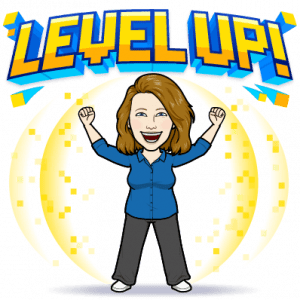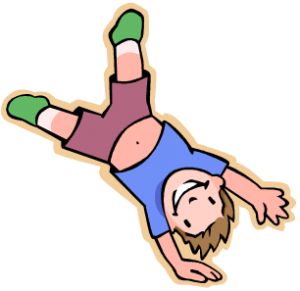Today I knew exactly who needed help in an instant, thanks to Chromebooks and NetSupport software! I’m so excited! Here’s what happened:
I was teaching a math lesson, using the Interactive Student Edition in ThinkCentral. The kids followed my instruction from the classroom projector as we learned the concept. Then, when we got to the Personal Math Trainer part (guided practice), I told them to do it independently on their chromebooks, while I watched the mini-images of their screens on the NetSupport app using my Surface Pro tablet.
I couldn’t really see the problem they were working on due to the tiny size of 30 little screens, but that didn’t matter – all I needed to see was when the yellow “Try Again” box popped up on their screen. That was my signal that the student got something wrong. I walked over to the student and looked at his/her screen to give a quick little clarification or guiding question. When I saw several at once, I called them all up to a little group, then projected one of theirs for the group to see and we talked through it while the confident students continued working independently, getting immediate feedback from ThinkCentral. Tomorrow, I think I’ll try sending a peer over to help a struggling student, just to mix things up a bit.
This was so much more effective than my paper lesson when I would assign the Share and Show questions in the book and have them raise their hands so I can walk around and check whether they could move on or not. With the technology, I knew the instant a student got a question wrong (except when they clicked the yellow box so fast I didn’t see it), so I knew exactly which student to go see and the successful ones didn’t have to wait for me. I wasn’t hovering over my typical strugglers, I was letting them try it on their own and see if they can resolve their own mistakes.
In writing, they were to compose their introductory paragraph in Google Docs (previous lessons equipped them with lead and topic sentence strategies). I could see on my NetSupport screen exactly who had not written a single sentence. After a few minutes, I clicked on a screen that looked like it had some sentences on it, and shared it with the struggling writers. We gave that student feedback, and it gave the struggling student a peer example that wasn’t perfect, but was a start! (I also knew exactly who needed to stay in at recess for a few minutes to get something, anything, on their paper!) Best of all, no one asked me how to spell a word! (They can actually speak the word to Google Docs – Tools menu, Voice Typing.)
I am looking forward to being more responsive to students’ needs as I encourage them to practice productive struggle in all areas. I want them to struggle and learn to attack problems independently, but I don’t want them sitting there wasting time. I think this technology is going to help me achieve the balance between struggle and support much more effectively. What are your thoughts and experiences?



